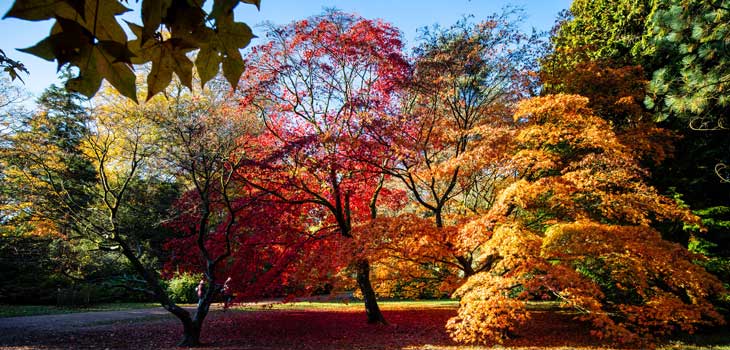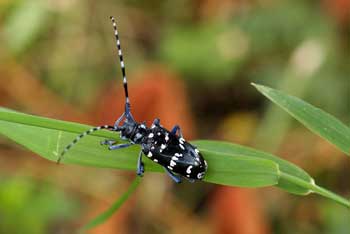7 things you didn't know about bio-security
Bio-security is gaining momentum publicly as people become more aware of the risks associated with not taking precautions.
The following is an introduction to some interesting things about bio-security you may not know. Read on to find out more…
1. Keeping trees safe
Tree bio-security is about taking precautions to prevent the introduction and reduce the spread of harmful tree pests and diseases.
Forest Research have identified 17 diseases and 15 pests as current/imminent threats to the UK's trees, with this number likely to grow. At Westonbirt, we have a proactive approach to bio-security and are currently hoping to expand our protective measures with a Quarantine House.
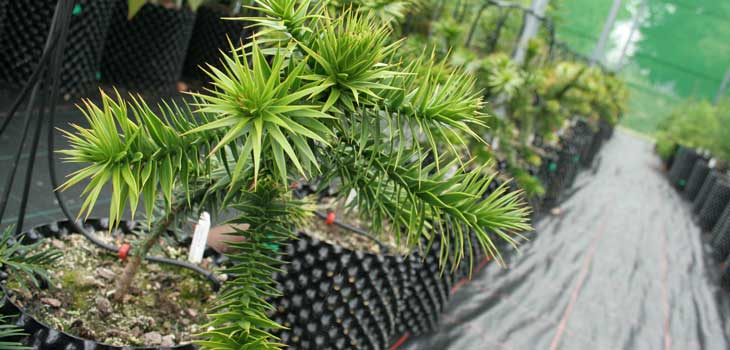
2. Get out your microscopes
Pests and diseases are not always easy to see. Some are too small to be seen by the human eye or may not be easily recognised. Anyone visiting woodland may be unintentionally helping the spread of these to other areas by transferring soil and leaf material in boots or tyres.
We would like everyone to be able to enjoy visiting forests so lower the risk by keeping it clean!
3. Unwanted changes
Invasive non-native species can alter eco-systems. At Westonbirt, within our living collection of 15,000 specimens we currently have over 700 woody plants, comprising 113 different species that are classified as threatened and in need of conservation.
Native and non-native tree species alike may have little tolerance or resistance to fight against many of these new and already present pests and diseases.
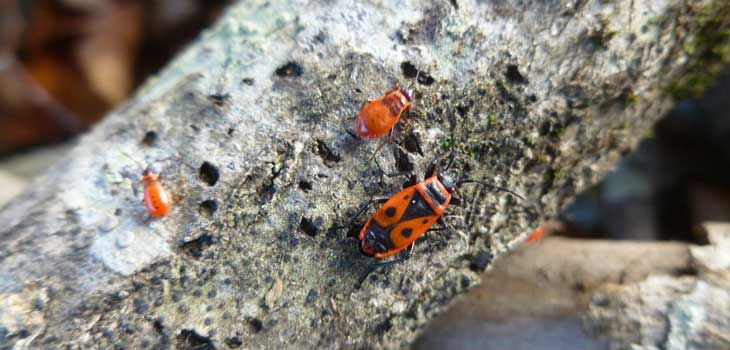
4. A current threat
Chalara ash dieback is a disease of ash trees, which blocks the water transport systems in trees causing leaf loss, lesions in the wood and on the bark, and ultimately the dieback of the crown of the trees. It is caused by a fungus named Hymenoscyphus fraxineus. The disease was first described in 1992 in Poland, and has since swept westwards arriving in the UK in 2012.
Unfortunately, there was little to stop this disease as it spreads from tree to tree by the wind blowing spores of the fungus. Read more about Chalara at Westonbirt in the latest Westonbirt magazine.
5. Hitchhiking across the globe
Pests and diseases can spread through wind, water, animal migration and human activity. Many countries across the world already have strict bio-security measures in place.
This will increasingly become the norm and everyone can help to lower the risk of accidentally introducing infected material by doing relatively small things such as cleaning boots, bikes and buggies - even cleaning the paws of your four legged friend after a walk.
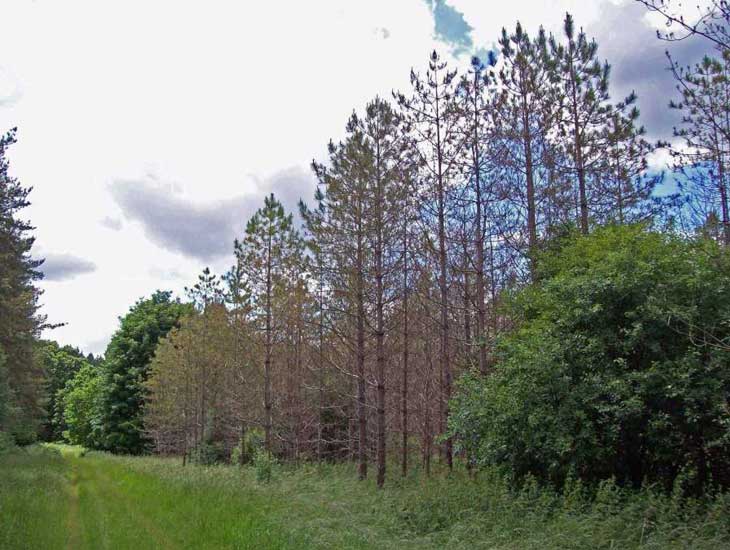
6. Ready or not?
Due to the speed and distances humans travel we provide an opportunity for pests and diseases to spread much further and faster. Practising good bio-security at all times, ideally before a disease outbreak, gives areas a helping hand in preventing or reducing the spread.
7. Be prepared
There is such a thing as a bio-security kit! It includes a bucket, boot pick, brush, disinfectant, hand sanitiser and a water container. While this kit is aimed at professionals working within the tree industry the general public are still encouraged to have a mini bio-security kit of a stiff brush which can be used in addition to a water source to clean off equipment, such as walking boots.
